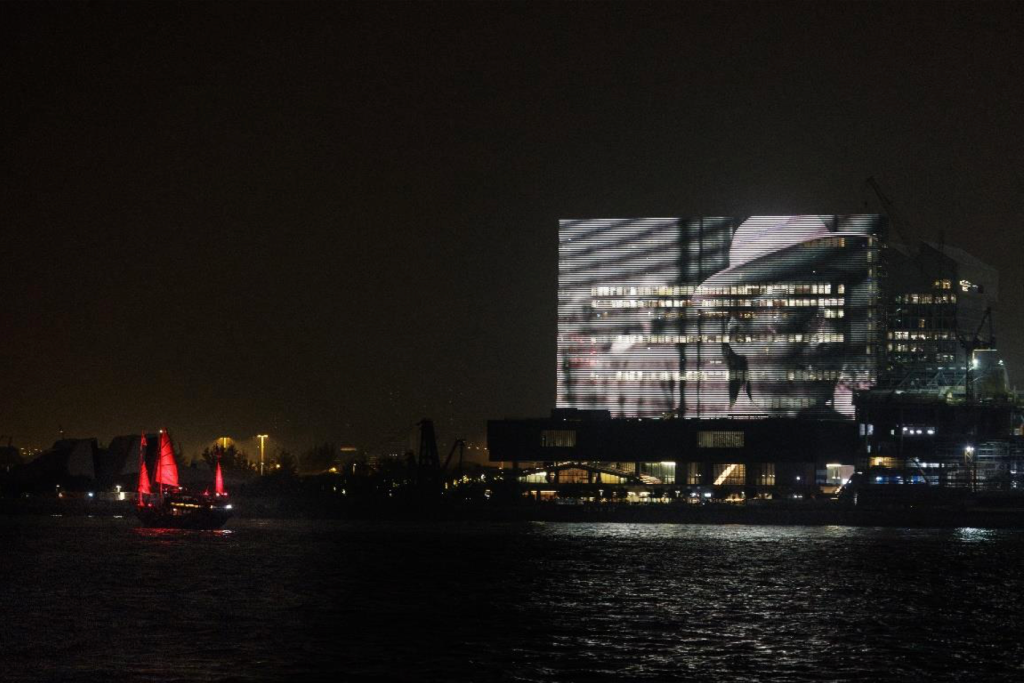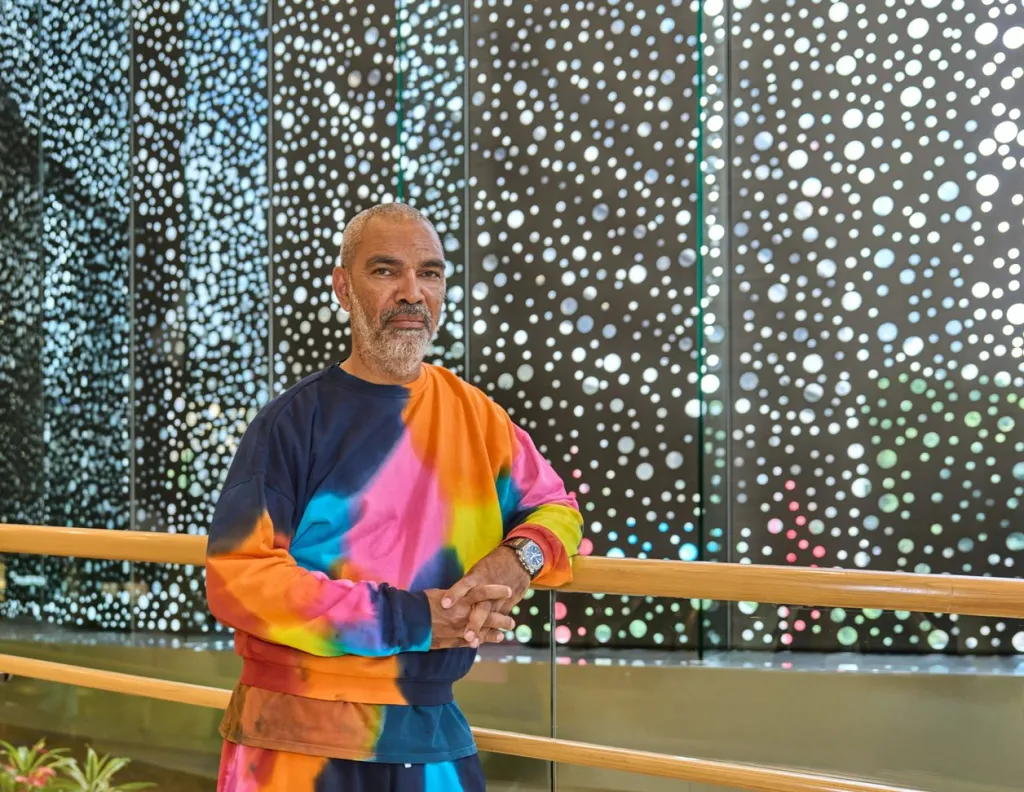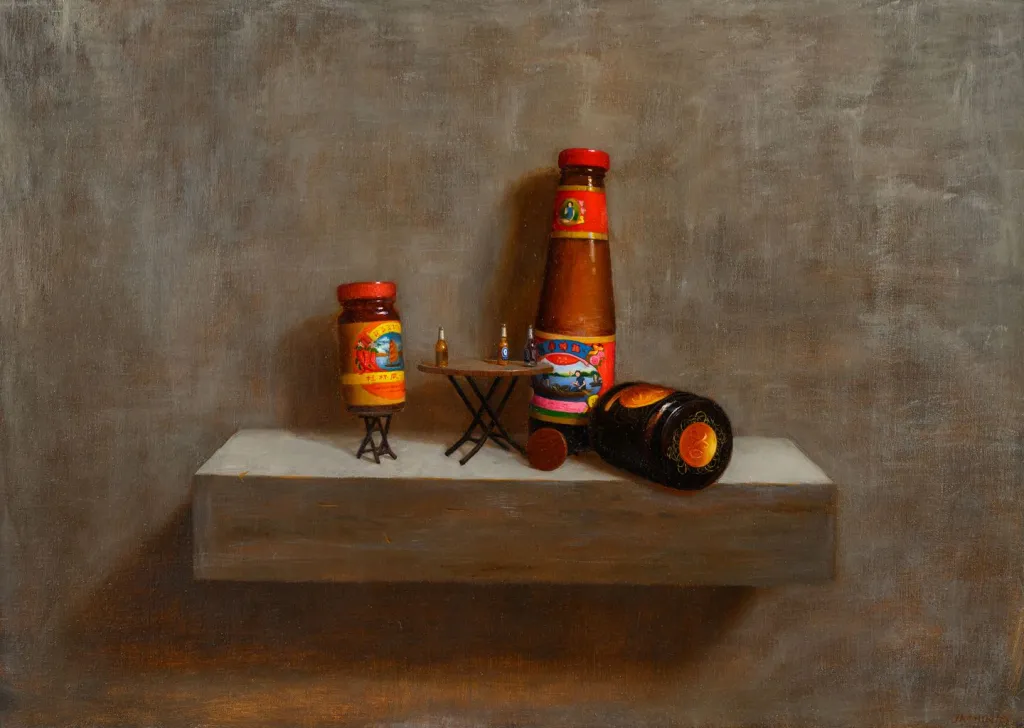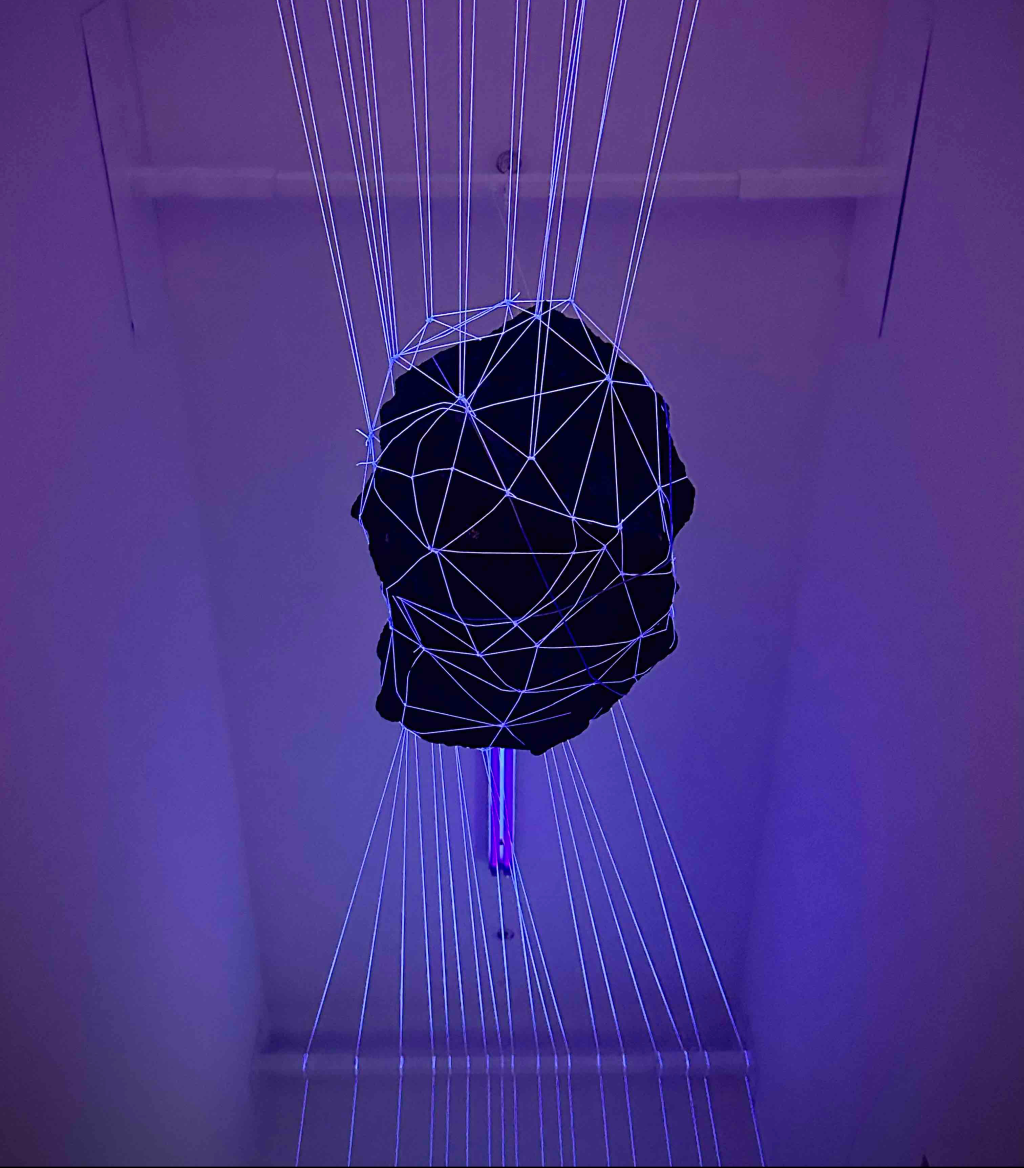Published in Artomity, Summer 2017

With over a decade of practice, artist Samson Young has made audiences question and examine their relationship to sound and music, and their relationship to history, politics, and identity through sound.
Young is a product of a certain time and place. Born in 1979 in Hong Kong he grew up under British colonial rule in the city, and moved with his family to Sydney after the handover to China in 1997, fearing the worst of Chinese rule in Hong Kong almost a decade after the Tiananmen massacre. In the 20 years since the handover, the people of Hong Kong have constantly reassessed what it means to be a Hong Konger, and are undergoing the self-scrutiny of a nation whose identity is in flux.
Trained in classical music composition, and generally described as a sound artist Young has explored the relationship between mainland China and Hong Kong by recording sounds in the border area separating the two, arranging them into sonic compositions and then transcribing them as graphic notation. Last year the artist presented an installation at Art Basel in Basel consisting of a sonic boom which projected birdsong through sound canons, used as ultrasonic weapons by police to break up protests. A composition using ringing bells from around the world related to conflict won the BMW Art Journey award in 2015.
But the artist also works with collages, drawings, video and site specific installations. His presentation for the Hong Kong pavilion at this year’s Venice Biennale, Songs for Disaster Relief, brings all of these media together across four spaces. The exhibition looks at the musical genre of charity singles and the cultural and historical environment that made these songs possible, highlighting the anachronism they have become, and questioning the political ideology which produced them. Songs including Band Aid’s ‘Do They Know It’s Christmas?’ and USA For Africa’s ‘We Are the World’, were recorded by celebrity muscicians in the 1980’s to raise funds for the relief of the Ethiopian famine and natural disasters. Hong Kong boasted its own examples, such as a cover version of Bridge Over Troubled Water by Leslie Cheung and Anita Mui that was recorded for the Eastern China flood in 1991. These songs reflected the rise of the global pop music industry, coinciding with the rise of neoliberalism, and the consolidation of power by leaders like Ronald Reagan and Margaret Thatcher. The project arose out of Young’s discomfort with the idea of charity singles, their subtext of neoliberal imperialism, the moral and ethical problems these gestures provoked, and more.
 The first thing the visitor sees on entering the courtyard to the pavilion is a neon writing installation against a brick wall reading, ‘The world is yours, but also ours, but basically yours’, a quote attributed to an address by former Chinese leader Mao Zedong to Chinese students studying in Moscow. The message is set against a foreground of colourful choir platforms. They look like inviting giant, primary-coloured wooden blocks for children. In the first inside the building stands a vitrine of found objects and a winged statue. It is a symbolically loaded digital collage of ‘Winged Victory’; busts of Pythagoras, the Father of geometric harmony, and Ronald Reagan – Greeks and neoliberals both posited ‘harmonic’ political theories; and a space station – Reagan’s presidency suffered the Space Shuttle Challenger disaster in 1986 – intersected with a military bugle. The statue is an disharmonious and unsettling malformation of neoliberalism and power. It is the preface to an exhibition which reveals a cynical view of its ideology and promise.
The first thing the visitor sees on entering the courtyard to the pavilion is a neon writing installation against a brick wall reading, ‘The world is yours, but also ours, but basically yours’, a quote attributed to an address by former Chinese leader Mao Zedong to Chinese students studying in Moscow. The message is set against a foreground of colourful choir platforms. They look like inviting giant, primary-coloured wooden blocks for children. In the first inside the building stands a vitrine of found objects and a winged statue. It is a symbolically loaded digital collage of ‘Winged Victory’; busts of Pythagoras, the Father of geometric harmony, and Ronald Reagan – Greeks and neoliberals both posited ‘harmonic’ political theories; and a space station – Reagan’s presidency suffered the Space Shuttle Challenger disaster in 1986 – intersected with a military bugle. The statue is an disharmonious and unsettling malformation of neoliberalism and power. It is the preface to an exhibition which reveals a cynical view of its ideology and promise.
Behind a red curtain bearing the words of the charity singles are two sitting rooms, furnished with coffee table, TV, lamps and chairs. This space feels and looks like a set from David Lynch’s Twin Peaks. It evokes unease. It is the residence of a character Young stumbled upon, a South African singer named Boomtown Gundane. Gundane had supposedly released his own response to ‘Do They Know It’s Christmas?’ with his song ‘Yes, We Do’, channeling proceeds into contracteptive programmes in the UK. The story turned out to be fake; the character was made up. But Young ran with it, creating his own fictional backstory for Boomtown Gundane and reimaigining him as a descendent of Chinese immigrants to California. The sitting rooms, glowing from the TV light and changing colours of the floor lamps, is strewn with the personal effects of Boomtown Gundane. The intention of the work, titled Palazzo Gundane (Homage to the Myth-Maker Who Fell to Earth)– a reference to the David Bowie film The Man Who Fell to Earth – is hidden behind an overly elaborate narrative that brings little to the overall exhibtion. Perhaps it’s a commentary on fake news, or new geopolitical imperialism, or whatevever, but the message gets lost somewhere amongst the personal effects of Boomtown Gundane. The installation feels like a loungey intermission to The Wrong Side of History, the compelling film recording that follows in a small cinema room.

Crossing from one room to another visitors step over a doormat that reads ‘The Wrong Side of History’. But who is on the wrong side of history? On the large screen before several rows of chairs we see the Hong Kong Federation of Trade Unions choir, a pro-Beijing labour and political group, whispering We Are the World. “We are the world/We are the children/ We are the ones who make a brighter day,” they whisper. On the surface it all seems rather benign and playful. In their original context these lyrics were suggestive of well-intentioned but, some would argue, patronising and paternalistic neoliberalism. Here the words have been hijacked by a pro-Beijing labour union – unions are impediments to the market competition encouraged by neoliberalism. It is a nod to the shift in the current global balance of power to a new- but different paternalism. But there is also a tongue-in-cheek commentary on Hong Kong identity vis-a-vis mainland China. To whisper is to supress one’s voice – out of fear, uncertainty, or so as not to call attention to oneself or disrupt. Despite their political stance, these are Hong Kong singers and they seem to be unwittingly censoring themselves, muting their voices. The choir sounds like a room full of secrets exchanged, ominous and foreboding. It evokes a child-like naughtiness and hints at a subversive undertone that questions power.
Across the canal behind the building is another message in response to Mao’s quote, which reads “Why have you forsaken me?’ It echoes the cry of many young students during the Hong Kong pro-democracy protests of 2014 – not to China but to the West, in particular the country’s former colonising power, Great Britain. Many felt it had all but turned their back on the democratic movement, and abandoned the promise of the One Country, Two Systems policy negotiated between Margaret Thatcher and Deng Xiaoping, which guaranteed Hong Kong autonomy for 50 years after reunification. However, it’s equally applicable to neoliberalism today, a fractured ideology which has left many out in the cold.
Subtle politics have become the hallmark of a number of young Hong Kong artists in recent years. This exhibition provokes discomfort and ambiguity. But a Hong Konger is familiar with reading between the lines. You’re on the ‘wrong side of history’. The world is yours – but basically theirs.
Songs for Disaster Relief , Venice Biennale 2017, May 13-November 26, 2017








Leave a comment